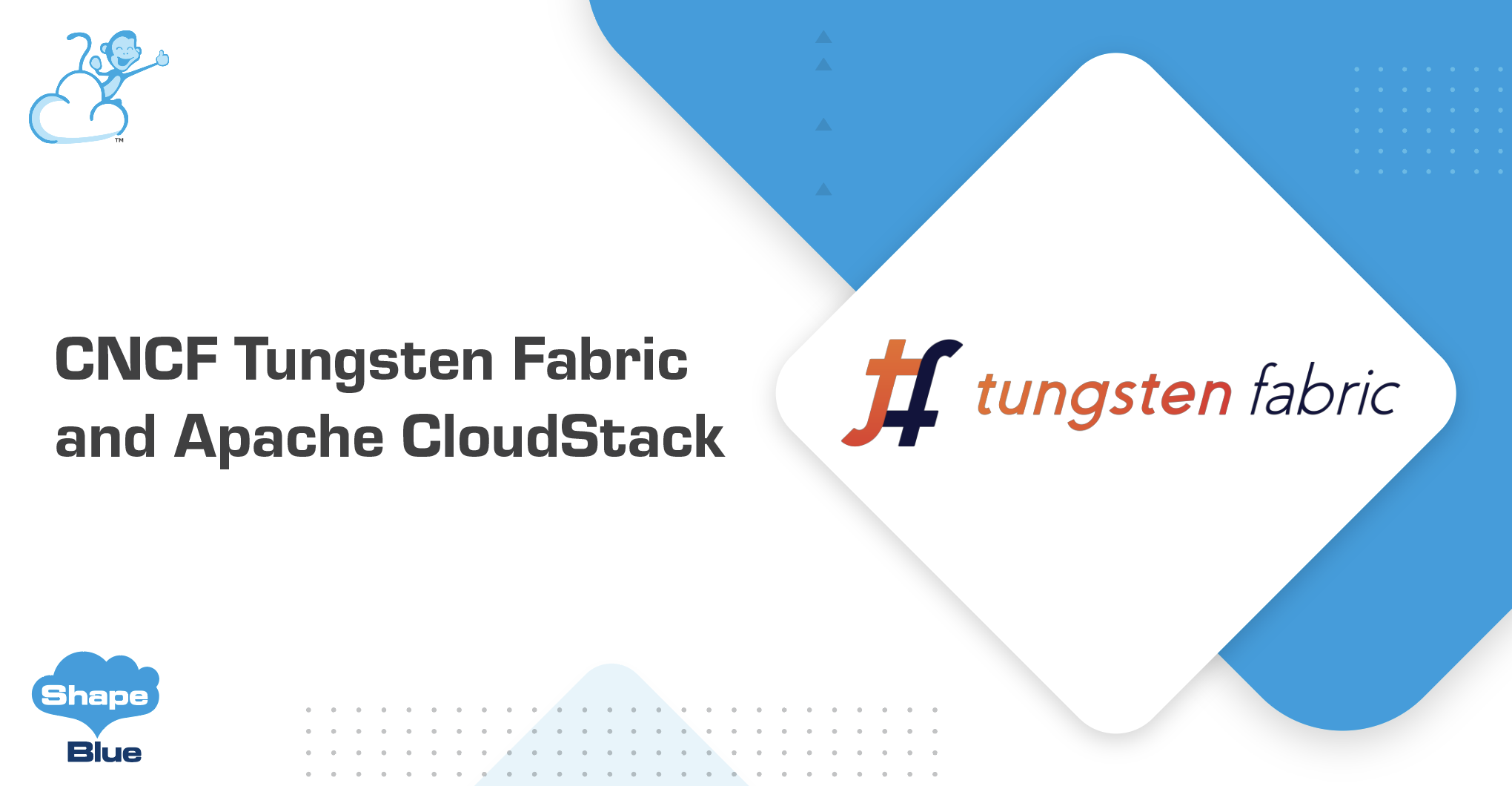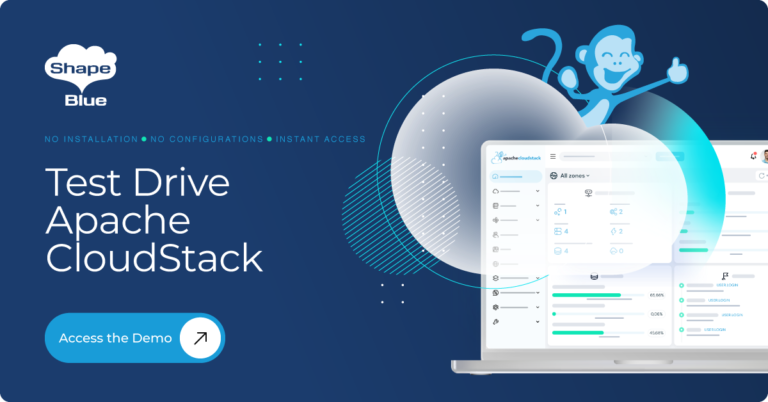As the world moves into a more connected and digitized future, cloud technologies are becoming increasingly essential for business. However, with the rise of hyperscale cloud providers, all-size companies and enterprises are finding it increasingly difficult to keep up with modern networking and security demands. This is where Tungsten Fabric and Apache CloudStack come in.
Tungsten Fabric is an open-source network virtualization control plane that provides a scalable platform for cloud-native applications. Tungsten Fabric is a project hosted by Linux Networking Foundation (LFN) under the Cloud Native Computing Foundation (CNCF).
Apache CloudStack is an open-source IaaS cloud management platform that enables the creation, management, and deployment of public, on-premises, and hybrid cloud infrastructure. Apache CloudStack is maintained by the Apache Software Foundation, an institute well known for being the umbrella of large open-source projects
The Future of Cloud Networking
To understand why Tungsten Fabric and Apache CloudStack are so important, we first need to understand the challenges when it comes to cloud networking. Compliance and security are often major concerns for businesses of all sizes and one of the biggest challenges are how to orchestrate the network and meet compliance requirements, whilst at the same time giving users the agility and flexibility they demand in self-service environments.
Tungsten Fabric supports well adopted networking protocols such as BGP, MPLS, and VXLAN which makes it easier to integrate services together within an otherwise complex environment. These technologies empower users by simplifying how both legacy and cloud-native services work together, while also centralizing network management.
By combining Apache CloudStack with Tungesten Fabric, organisations are able to benefit from the agility and flexibility of an IaaS environment, whilst maintaining strict compliance and security policies -across their own infrastructure or other cloud platforms.
Apache CloudStack has deep integration with Tungsten Fabric and can be used to manage virtual infrastructures or Kubernetes clusters in a single, unified platform.
Using Open-Source Technologies
One of the key benefits of using Tungsten Fabric and Apache CloudStack together is that it simplifies network management in a completely transparent way to cloud users. With Tungsten Fabric, companies can easily integrate their network infrastructure with their services, and with Apache CloudStack, they can manage their infrastructure on a single platform. This makes network management much easier and ensures that companies can meet compliance and security requirements.
It also makes it easier to connect different geographic data centres.. With Tungsten Fabric and Apache CloudStack, businesses can more easily connect geographically disparate infrastructure and manage their network in a single pane of glass.
Tungsten Fabric can be used cross-platform to support public clouds, Kubernetes clusters, remote locations, IoT devices and bare-metal hosts. Tungsten Fabric also supports service chaining, which helps to automate traffic flow between services in a virtual network. This deep control of network flows makes it easier to manage traffic and ensures that businesses can meet their requirements.
Overall, the use of open-source solutions such as Tungsten Fabric and Apache CloudStack can have a significant cost-saving impact for organizations. By avoiding vendor lock-in and using free and open-source software, companies can realize cost savings while also benefiting from powerful, customizable solutions for cloud networking and cloud infrastructure management.
Marco Sinhoreli is a seasoned Technical Marketing Manager at ShapeBlue, with over 25 years of IT experience. As an Apache CloudStack expert and committer, he specializes in creating and delivering technical marketing content that bridges the gap between technology and business. Marco has consulted major companies on implementing IaaS solutions with CloudStack, focusing on delivering cloud infrastructure that supports both immediate and long-term business needs. When he’s not diving into cloud solutions, Marco loves playing guitar, exploring new places, and staying updated on politics.






